Riga is just a short boat ride or flight from Stockholm - perfect for a weekend or mini break! But which of Riga's attractions are not to be missed? We've visited this beautiful city several times and now we're gathering our tips for things to see and do in Riga.
Post updated in 2019
Table of contents
What is there to see and do in Riga?
Riga is a capital city that is perfect for a city break and can be visited all year round. There are beautiful buildings, good food, great spas and interesting shopping. Best of all, it's not too expensive, but relatively affordable. Today we offer our top tips on Riga's attractions, as well as nine things to see and do in Riga.
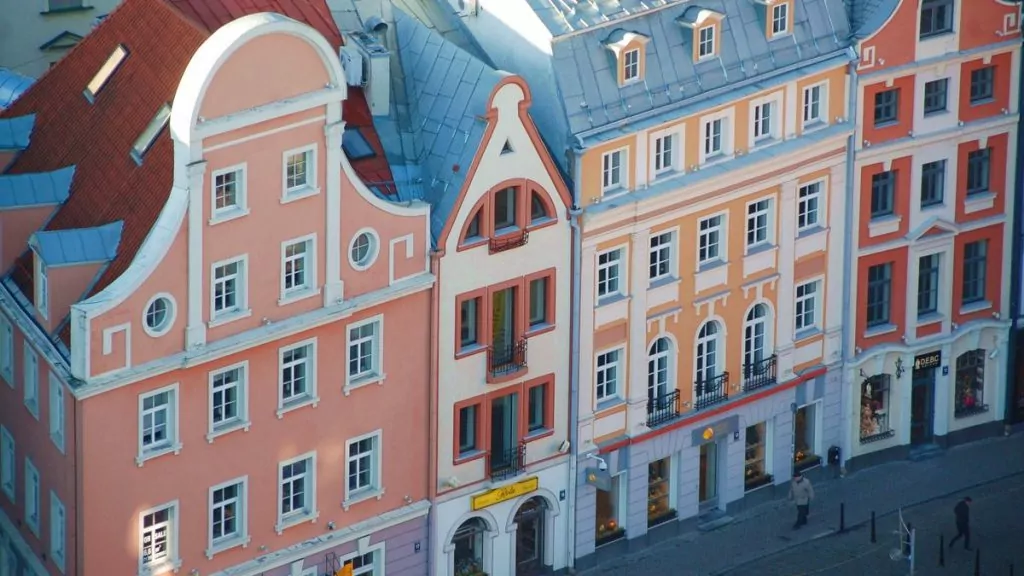
1. See the view from St Peter's Church
St Peter's Church dates back to the 13th century and has seen it all. The church was Catholic before becoming Protestant and the tower has been struck by lightning 6 times, collapsing twice. Today there is a lift so that you can go up to the vantage point at a height of 72 metres. From here you have a great view of the centre of Riga and its surroundings.
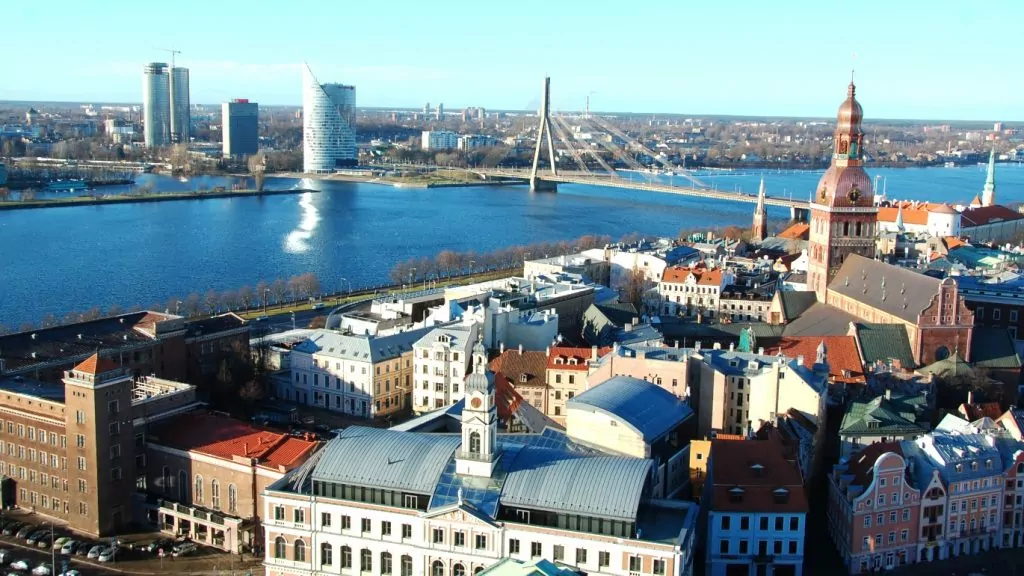
2. Admire the Freedom Monument
The Freedom Monumentor Freedom Monument, is one of Riga's landmarks and commemorates the soldiers killed during the Latvian War of Independence (1918-20). The 42 metre high monument is today an important symbol of Latvia's freedom, independence and autonomy. There is also the "Bastejkalns" park area.
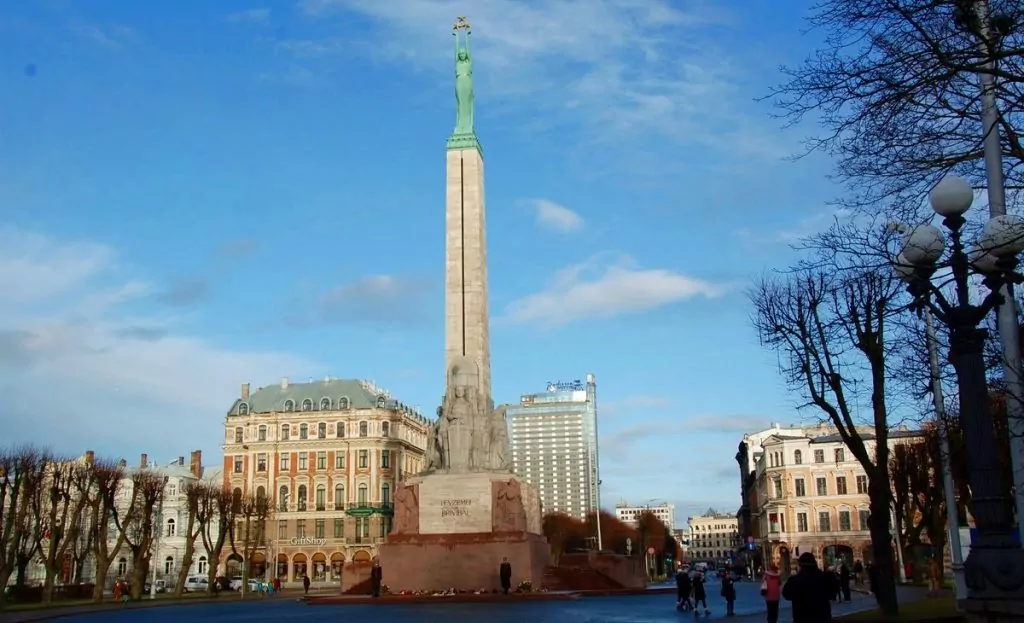
3. see the beautiful Jugendhusen
Jugend, or Art Nouveau as it is also known, is a style of architecture and design that was fashionable between 1890 and 1920. You can recognise the style by all the shapes that look like winding plants or perhaps elongated female figures, on furniture and building facades.
Latvia's capital stands out in terms of Jugend architecture, and there is no other city on the Baltic Sea that can boast as many beautiful houses in this style in comparison.
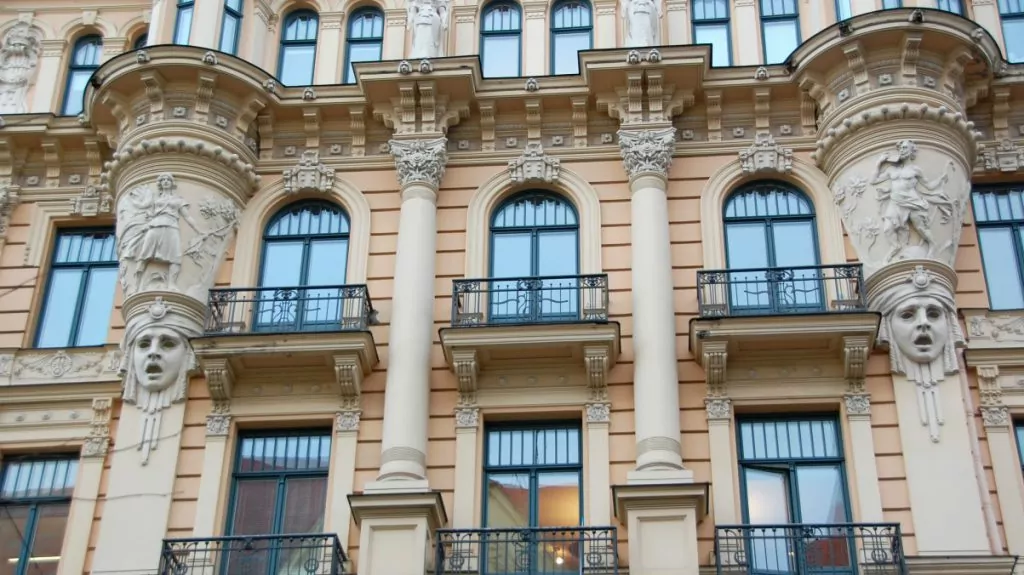
The explanation for all Youth centre in Riga is that in the late 19th century the city doubled its population. The new inhabitants naturally needed housing, and since the Jugendstil was modern, that's how they built. It's relatively easy to spot these beautiful facades in Riga, but if you want to see particularly beautiful examples, head to Alberta street, where they are located close together. Nearby, you'll also find the Riga Youth Museum.
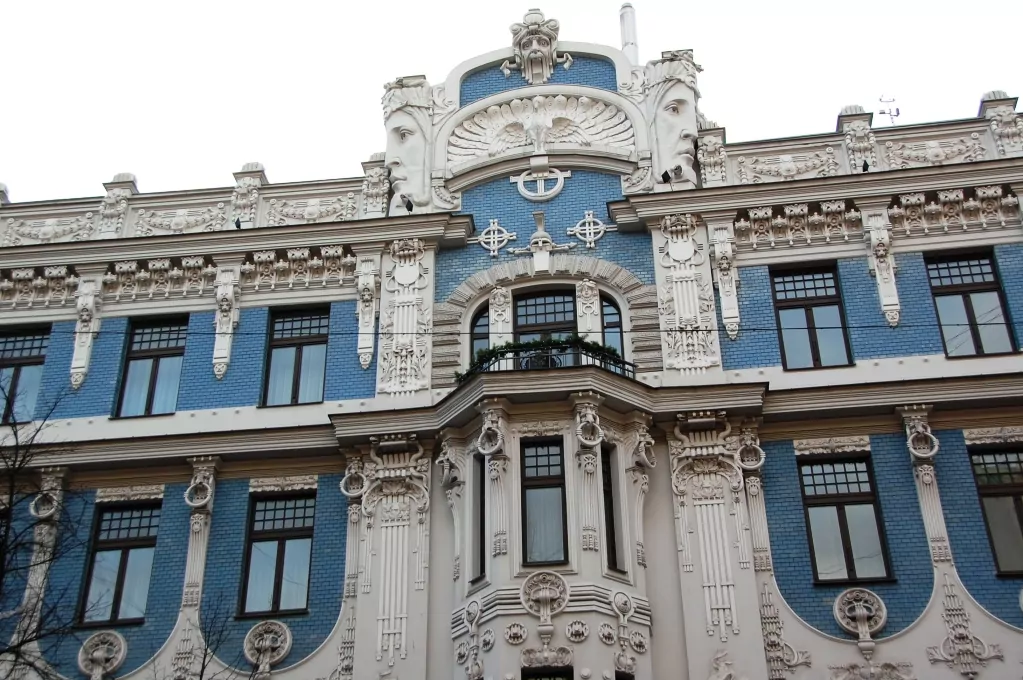
4. go to the spa
Wonderful luxury spas There are plenty in Riga, and the advantage is of course that prices are lower than in Sweden. There are many different spas to choose from, and we have tried ESPA Spa, located in the Radisson Blue hotel.
This is an exclusive six-storey venue with a fitness centre, swimming pool, whirlpool, sauna, relaxation area and various treatments such as massages. One of the most delightful experiences was the whirlpool, where you can swim out and lie under the open sky. Great!
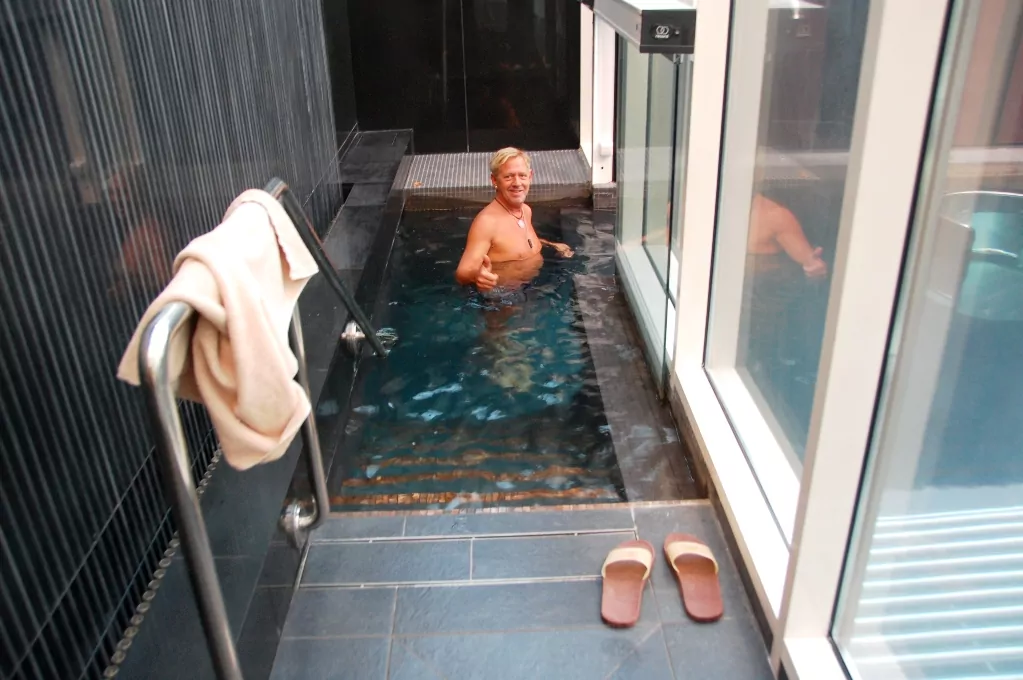
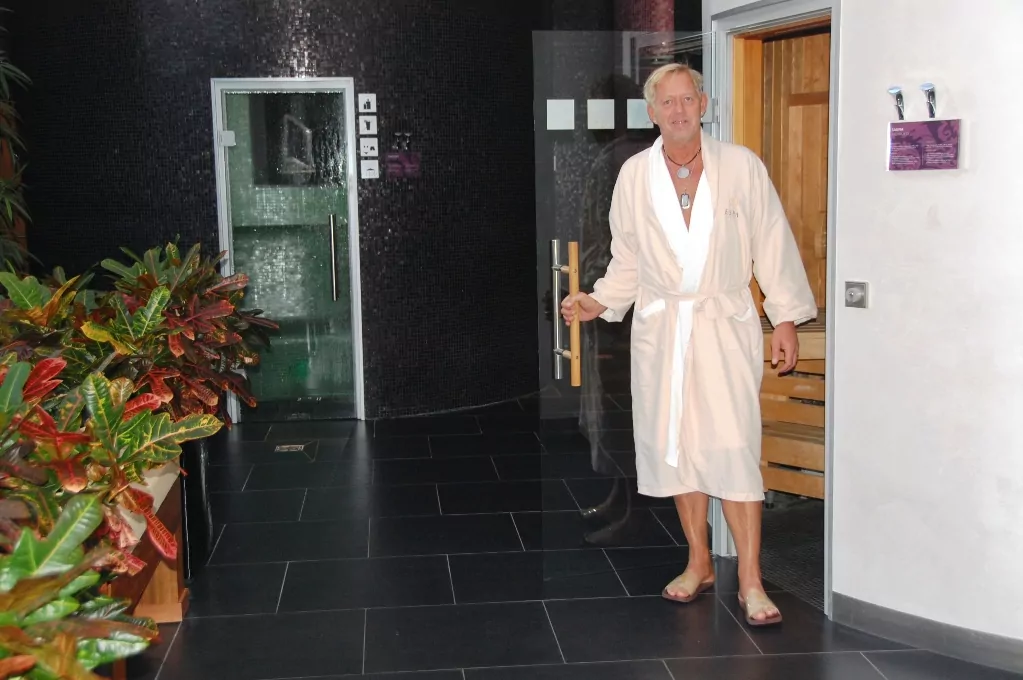
5. Enjoy locally produced food
Local raw materials and modern restaurants - Latvia has made an amazing journey when it comes to food. When you visited this country 25 years ago, food was thin on the menu and what was served was designed to fill you up, rather than satisfy your taste buds. Today, Riga is a city for modern foodies, with exciting and creative menus made from local and often organic ingredients.
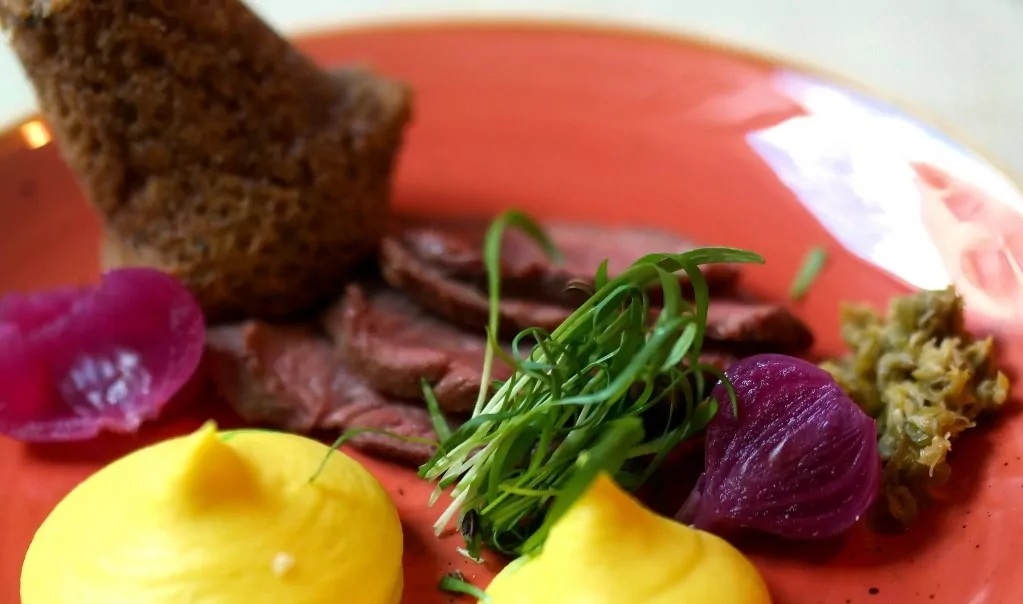
There are many good and interesting restaurants in Riga. Since the prices are lower than at home, you can also treat yourself to some more luxurious restaurants.If you want tips on restaurants, please read our posts below:
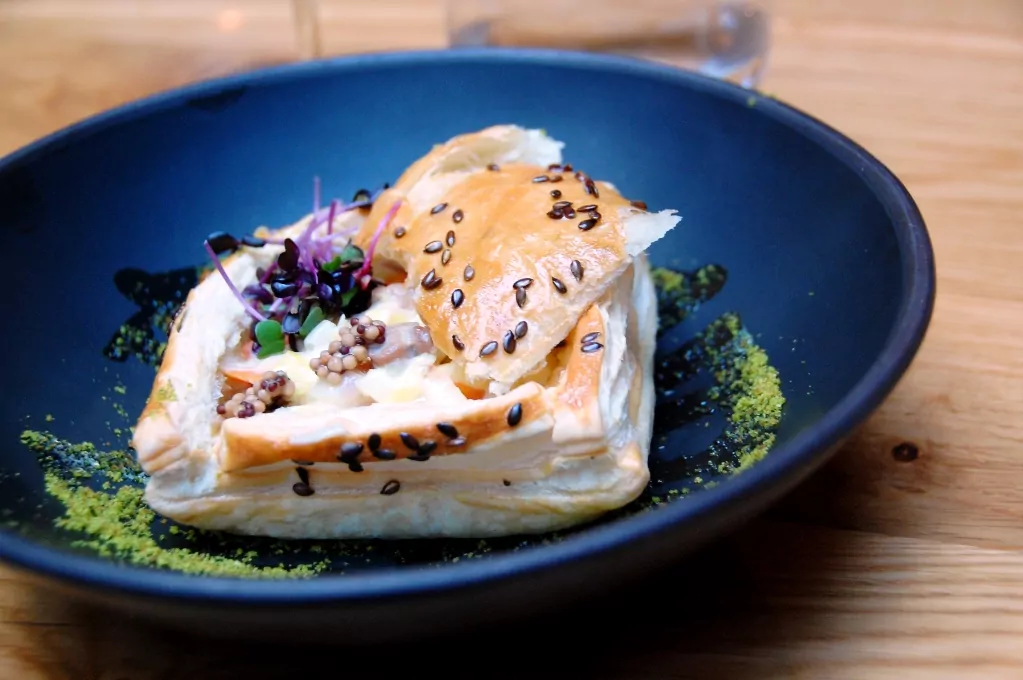
6. shopping
Shopping for clothes and accessories might be something you want to do in Riga. There are quite a few large shopping malls in the city, such as Galerija Centrs, Galleria Riga, Origo and Spice. In these modern malls you will find both large chains that you recognise and some chains or stores that may be new.
There is also a cheap shopping centre next to the food market, and we enjoy browsing here. Most of the stalls here speak Russian and you can find clothes, shoes and bags for cheap.
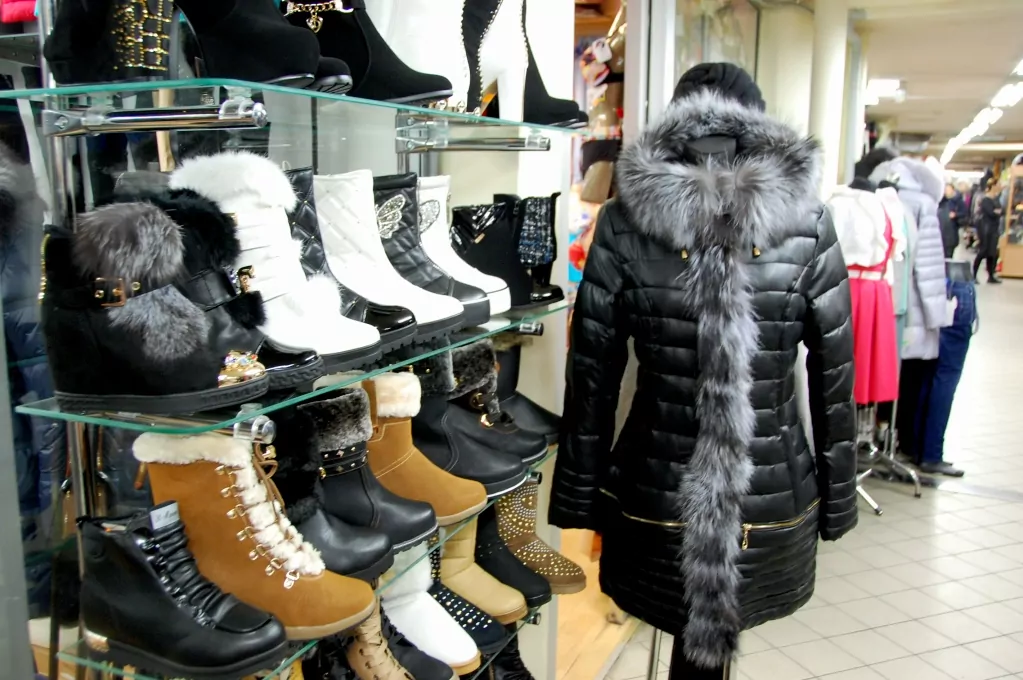
7. Check out the food market
Riga's food market is located in several large halls, which were originally built as hangars for zeppelins. Today, this place is instead dedicated to the sale of food, and this is actually Europe's largest food market by area. As well as meat, fish, cheese and vegetables, you'll find local specialities such as locally produced cream cheese, lightly salted cucumbers and traditional rye bread. You can also find knitted mittens and other handicrafts.
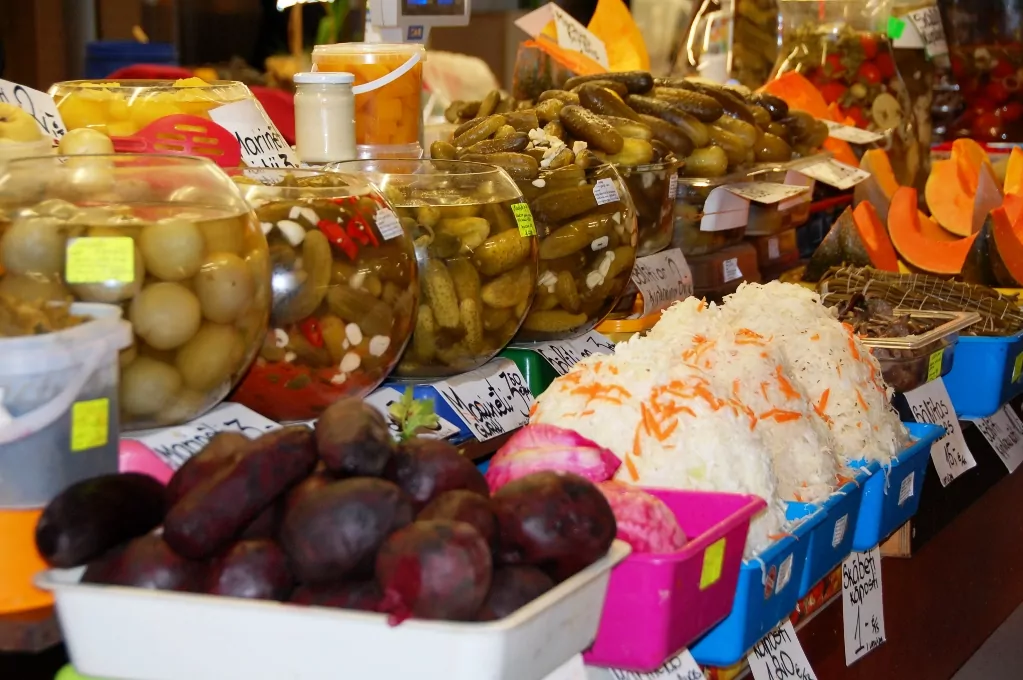
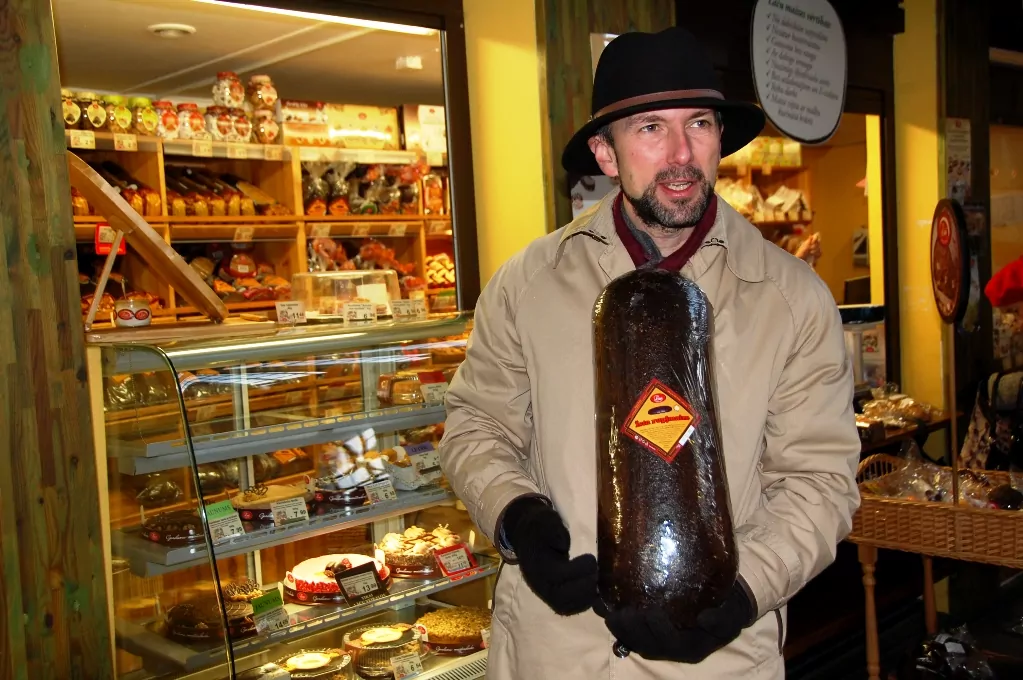
8. Go to a Christmas market
Riga's Christmas markets It's worth mentioning, even if it's a bit strange to talk about Christmas markets in the spring. Christmas markets These are quite small, but on the other hand there are three, one in the Old Town, one in Livu Square and one on the Esplanade. These are definitely worth visiting.
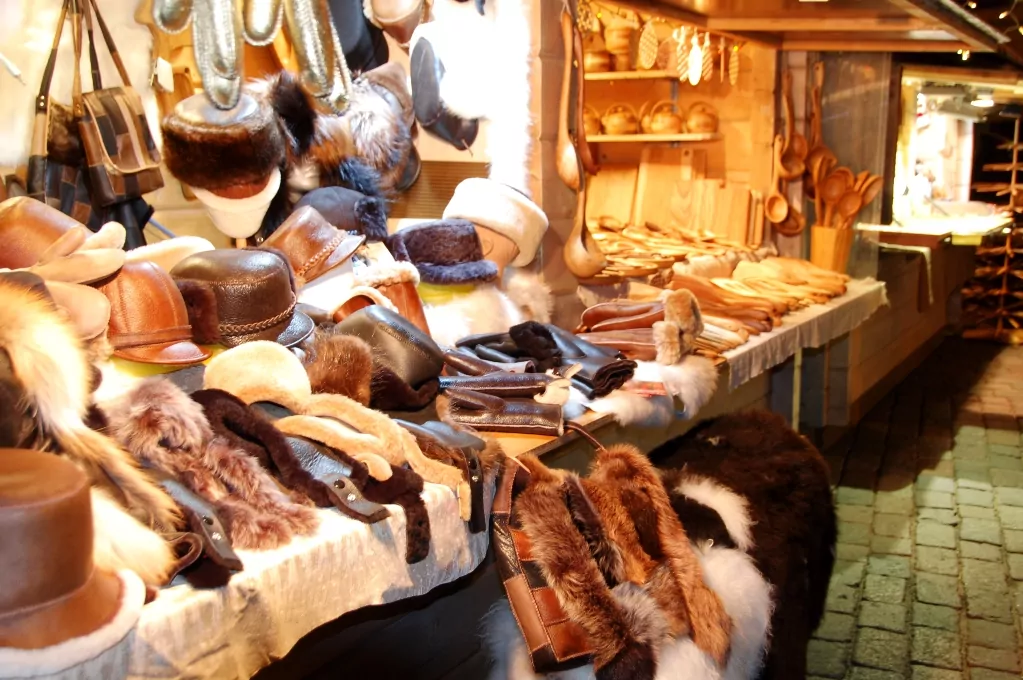
At all three Christmas markets you will find charming little stalls selling knitted mittens, all kinds of handicrafts and locally produced delicacies such as honey, jam and sausages. Here you can also try the famous and strong Latvian drink 'Black Balsam'. And if you can't find it here - you can find it at the Black Magic bar!
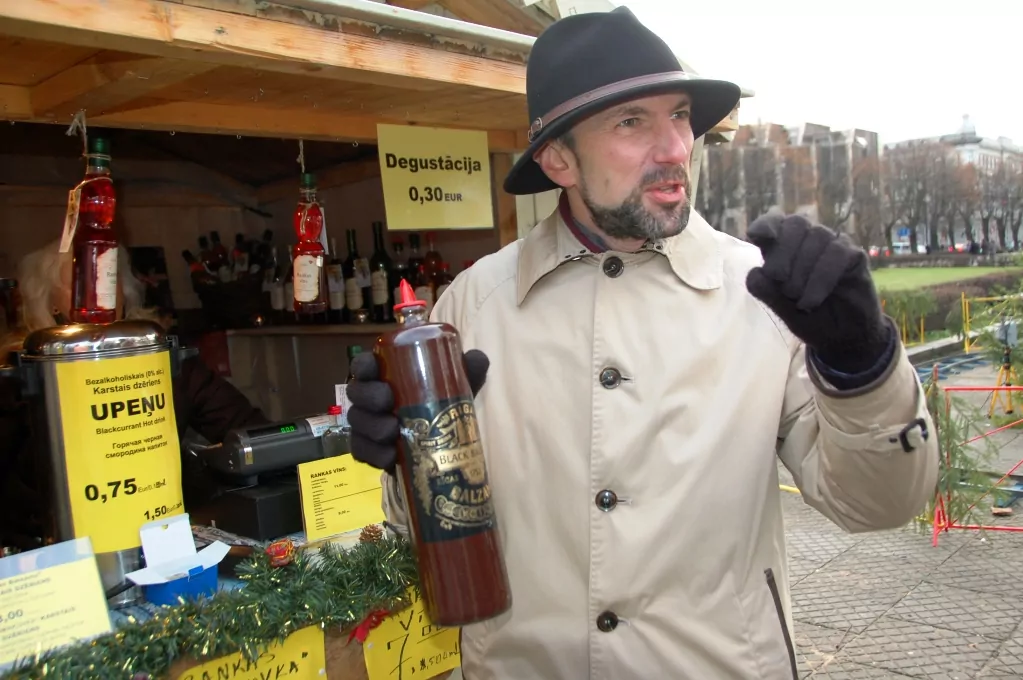
9. Take a boat trip on the Daugava River
River Daugava is a 1200 kilometre long river that flows from the Valdai Mountains in Russia, through Belarus, and then through the Gulf of Riga into the Baltic Sea. The Daugava was used by the Vikings in the early Middle Ages to reach the Black Sea and the Caspian Sea. There are plenty of tourist boats here today, and you can take an hour-long river cruise to see Riga from a different angle.
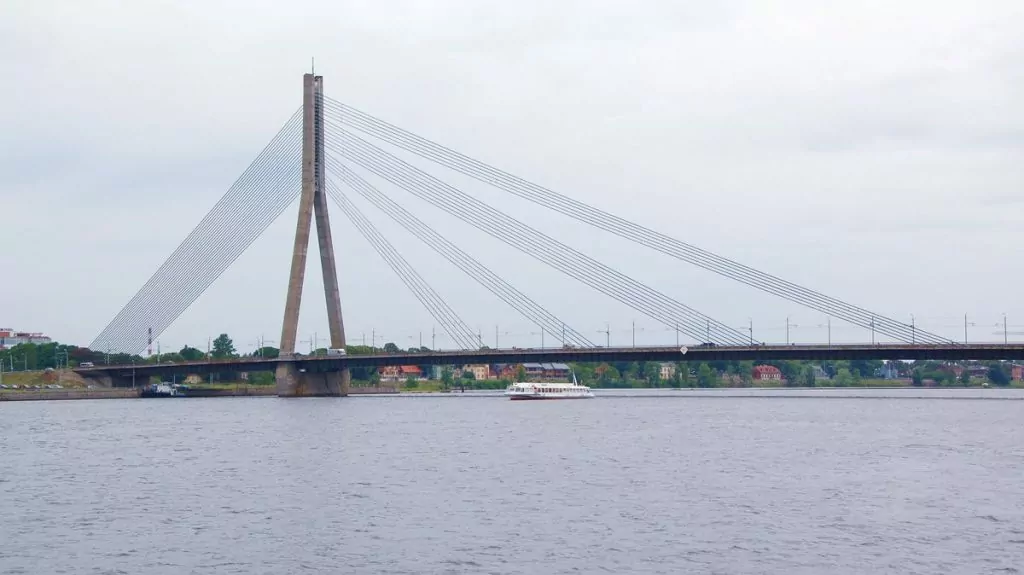
Riga attractions - more to see
Of course, there is much more to see in Latvia's capital city. Here are some more tips for visiting Riga's attractions:
- The Russian Orthodox cathedral Cathedral of the Nativity of Christ
- Buildings House of the Black Heads, which is a replica of a historic Gothic-style building that once housed the city's squire.
- One way to experience the sights of Riga is, of course, to join the guided tours. Different themes include culinary tours, ghost tours and Soviet history.
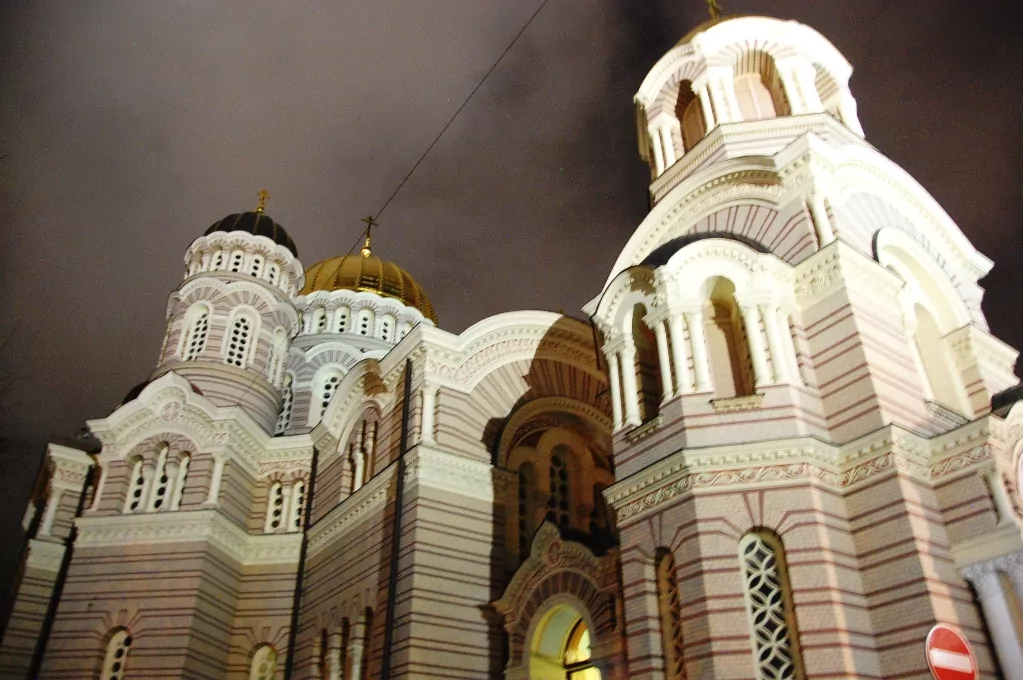
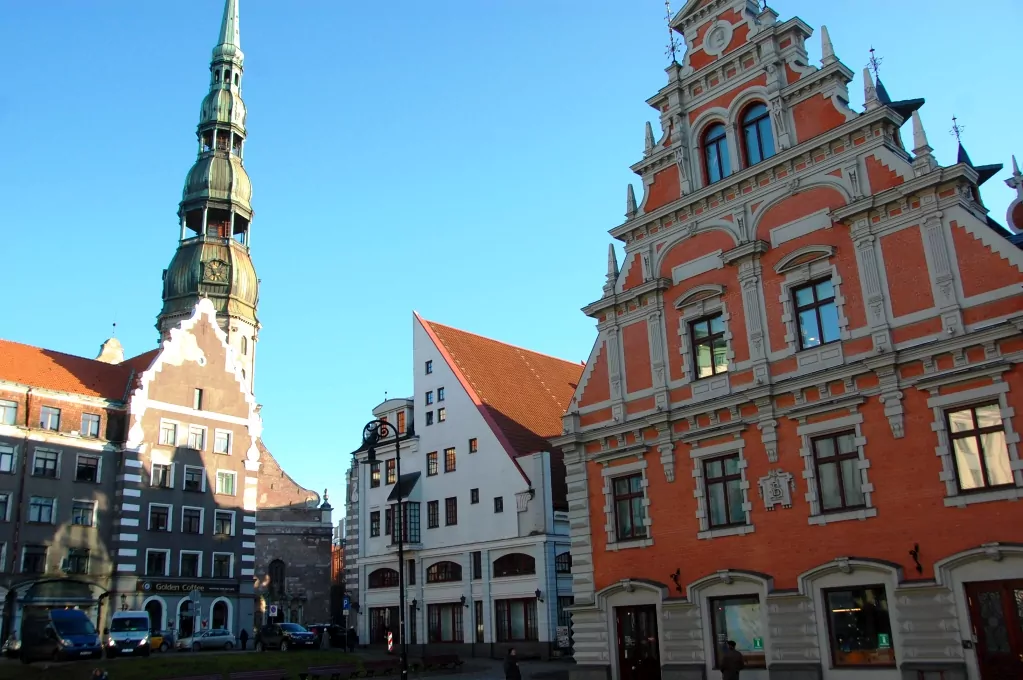
More to do in Riga
Of course, there is also more to see and do in Riga. Here are some more tips for activities if you have time to spare.
- Visit the famous rooftop bar on the 26th floor of the city centre. Hotel Latvijas.
- Learn more about chocolate at Laima Chocolate Museum.
- Make a excursion to Jūrmala, where there are long sandy beaches and spas.
By motorhome to Latvia
This time we did not travel by motorhome to Latvia, but we would like to explore the whole of Latvia by motorhome in the future. Finally, we offer a photo from one of the paintings in the tunnel at the food market, showing a very adventurous motorhome.
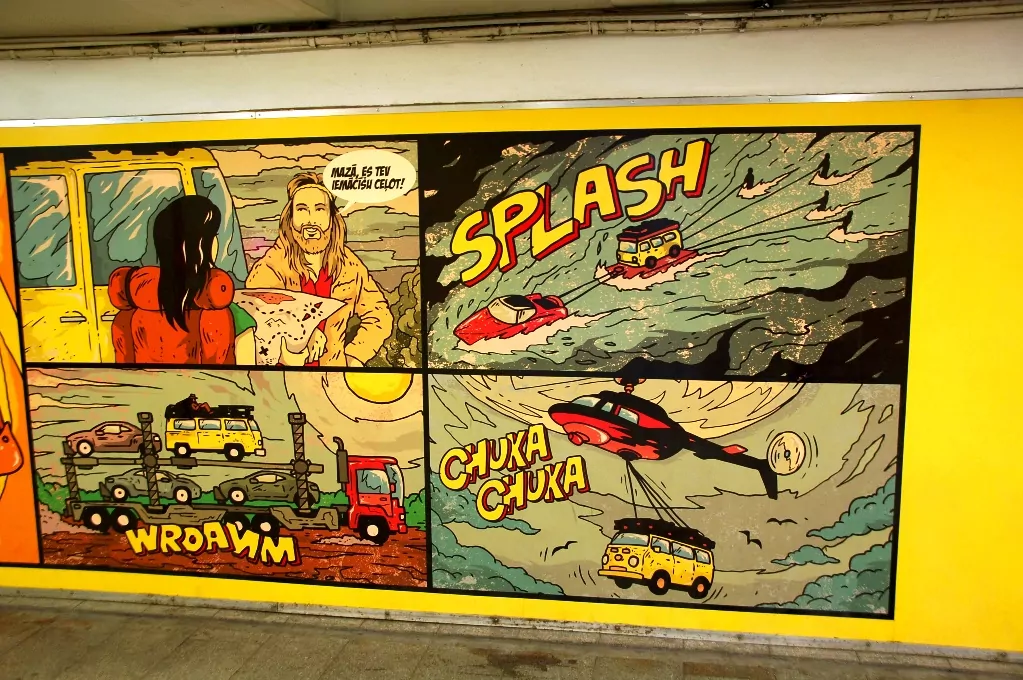
Facts about Riga
- Country: Latvia (Riga is the capital of Latvia)
- Landscape: Livonia
- Region: Republic of Riga
- River: Daugava
- Population: 641 000 (2017)
- Location: Riga is located on the Daugava River, near its mouth on the Gulf of Riga in the Baltic Sea.
- World Heritage: The Old Town of Riga is a UNESCO World Heritage Site.
Sights of Riga
- Churches: Riga Cathedral, St Peter's Church, Cathedral of the Nativity of Christ
- Attractions: The House of the Blackheads, the Freedom Monument, the Swedish Gate (Torna iela) and the Zeppelin Hangar where the food market is located.
- Museums: Youth Museum, Museum of Occupation, Military Prison at Karosta Naval Base in Liepaja, Laima Chocolate Museum.
Restaurants in Riga
Kalku Varti serves exclusive and modern dishes in a warm and stylish environment. Address: Kaļķu iela 11b
Elements is located in the Tallink Hotel and serves creative dishes based on Latvian ingredients. Address: Tallink Hotel, Elizabetes iela 24
Valtera serves modern Latvian cuisine with ingredients from local producers. Address: Miesnieku street 8
Muusu has clean Nordic décor and serves modern Latvian and European cuisine. Address: Skarnu iela 6
Colony is located in a house with columns and serves exciting modern Latvian cuisine. Address: 26 Brīvības Blvd.
Early history of Riga
Past tense: Archaeological findings in the area have been dated to 2000 or 2500 BC.
Early Middle Ages: Both Vikings and German merchants came sailing on the Daugava River on various errands.
Founding: The city was founded by bishop and warrior Albert of Riga in 1201.
The legend of the founding of Riga
According to legend, Kristaps the Great carried travellers on his back across the Daugava River. One day, Kristaps carried a child across the river, which became heavier and heavier. When he arrived, the child had turned into a pot of gold. Kristaps did not touch the gold, but after his death it was used to build the city.
Riga in the Middle Ages
13th century: In 1202, Bishop Albert founded the Army of the Knights of the Sword (later the Livonian Order), which began conquering areas around Riga. In 1282 the city joined the Hanseatic League.
14th century: A feudal organisation ruled, with Germans at the top. There was a power struggle for the city between the burghers, the Bishop of Riga and the Teutonic Order.
15th century: The Teutonic Order was defeated by Lithuanian-Polish and Russian troops. The Livonian Order (now part of the Teutonic Order) recaptured the city in 1941.
Power struggle for Riga
16th century: Sweden, Poland and Russia fought for control of Riga. Tsar Ivan IV besieged the city in 1559, but had to withdraw. Lithuanian-Polish forces repeatedly beat back Russia, and the city was taken over by the Lithuanian-Polish King Stefan Batory in 1582.
17th century: In 1601, war broke out between Sweden and Poland, with Riga as the theatre of war. The Swedish troops failed both now and in 1605. The city was taken in 1621 by the Swedes, led by Gustav II Adolf.
18th century: The Swedish era lasted until 1710, when Russian troops took the city. The Powder Tower and the Swedish Gate remain from the Swedish period.
The Russian era
18th century: After the Peace of Nystad in 1721, Riga became the third largest city in the Russian Empire. After the partition of Poland, in 1796 it became the centre of the Governorate of Livonia in Russia.
19th century: The city grew and became a leading port city in Russia. Many industries were established.
20th century: In 1905, at least 50 000 people demonstrated in the city centre and the Tsar had around 2000 people executed.
Proclamation of the Republic of Latvia
The First World War: Riga was ravaged by war. Germany and Russia fought for control of the city, which was captured by Russian forces in 1917.
The Russian Revolution: Revolutionaries under Lenin declared Latvia a Soviet Council Republic in 1917.
The Republic of Latvia: On 18 November 1918, the Republic of Latvia was proclaimed. A brief civil war broke out soon afterwards, and Latvia's independence was confirmed by the Peace of Riga in 1921.
German and Soviet occupation in Riga
Soviet occupation: The Soviets occupied Riga in 1940 and Latvia was forced to give up its independence.
German occupation: During World War II, the Germans pushed the Soviets back and occupied Riga between 1941 and 1944. The Jewish population was severely affected.
Soviet Union again: When German forces were pushed back in 1944, Latvia was reintegrated into the Soviet Union.
Latvia's independence
- 1991: On 21 August 1991, Latvia declared its independence.
- 1997: The Old Town (Vecriga) of Riga was inscribed on the UNESCO World Heritage List.
- 2001: Riga celebrated its 800th anniversary.
Travelling to Riga
- Flight: There are direct flights from Stockholm, including Norwegian, SAS and Air Baltic. The flight time is just over an hour.
- FerryYou can also travel by ferry from Stockholm to Riga with Tallink Silja Line.
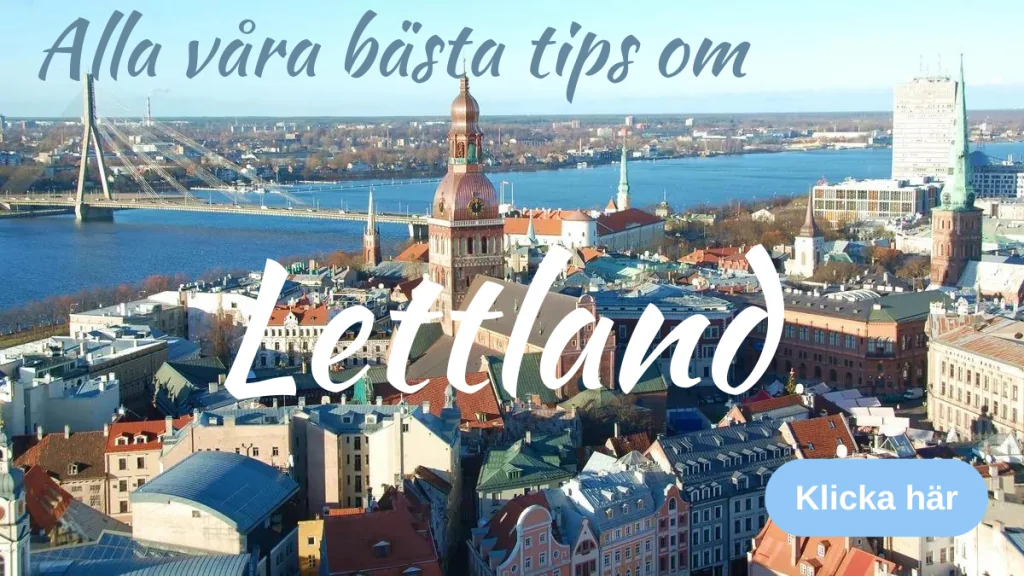


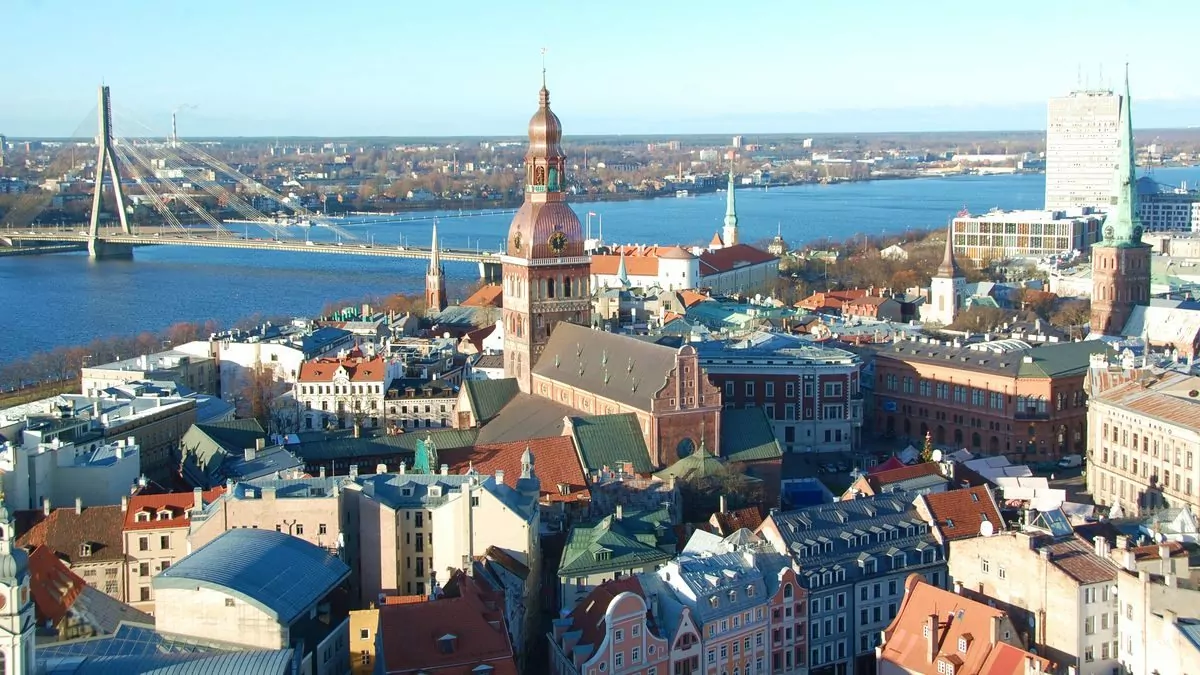






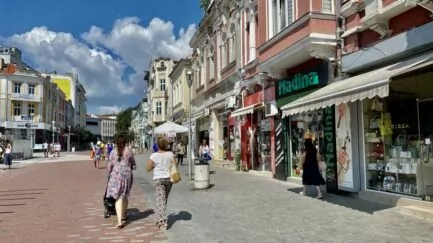
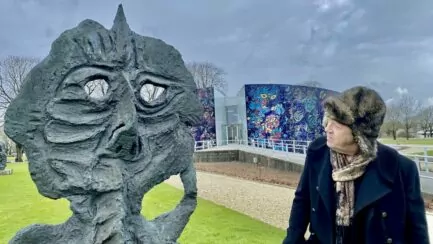
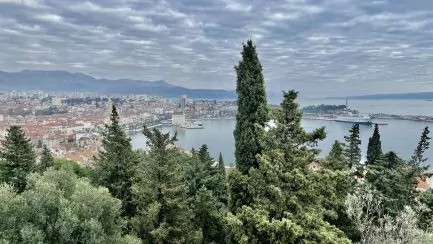
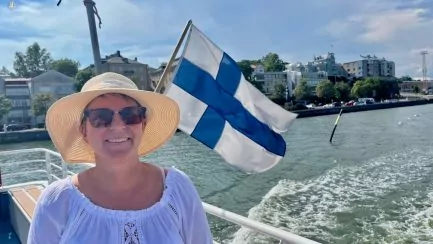
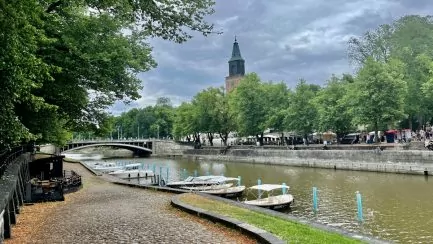




Lena - good for the soul says:
Wow, so many wonderful things to do. I have never been to Riga. I have visited Tallinn. I liked that city. I imagine it's quite similar.
Hug Lena
17 April 2018 - 6:20
Helena says:
I think there are both similarities and differences between these cities. Riga is worth a visit!
17 April 2018 - 19:29
Birgitta in Umeå says:
I actually bought a couple of kilos of fresh yellow chanterelles at the food market.
Very cheap!
Which I then took home to Umeå.
17 April 2018 - 6:49
Helena says:
It sounds like a great find! 🙂
17 April 2018 - 19:29
Laila MA - Around the Equator says:
So nice post. I have been to Riga but see that I missed several things 🙂 The food market looks really exciting 🙂 .
17 April 2018 - 7:27
Helena says:
Glad you liked the post! The food market is interesting! 🙂
17 April 2018 - 19:37
4000mil says:
But what timing for us who have a trip to Riga booked!
17 April 2018 - 8:15
Helena says:
Hope we could contribute with some tips then! 🙂
17 April 2018 - 19:37
Britt-Marie Lundgren says:
We have realised that the Baltic States are a white spot on the map for us, perhaps because we live on the "wrong" side of Sweden. We intend to remedy this when I retire. Both Tallinn and Riga seem to be perfect destinations for a mini-break.
Great post!
17 April 2018 - 14:08
Helena says:
Of course, if you live on the other side of Sweden, it will be a bit longer. But then you have something to look forward to!
17 April 2018 - 19:38
Role o Carina says:
There seems to be a lot to look at there, Spa would be nice!
Enjoy the Spring Sun.......
17 April 2018 - 19:26
Helena says:
Thank you very much!
17 April 2018 - 19:39
On a journey of discovery says:
Riga sounds like a great place for a mini-vacation. And we really need a visit to the spa to wash off all the dust from the hiking trails...
17 April 2018 - 19:58
Liniz Travel says:
I also loved ESPA Riga 🙂 nice trip! Hugs
17 April 2018 - 20:23
BP says:
We have also been to Riga and Jurmala/Majori a few times and I totally agree with you. Have followed all your tips except the Christmas market, boat trip and shopping. The clothes were not really my style. The food market in the hangars was really an experience and the lift ride in St Peter's Church too. I have probably never seen such a rattling lift. But we came up and came down;-)
17 April 2018 - 20:53
Augusta says:
I've always wanted to travel to Riga but haven't had anyone with me yet. But it seems like a good destination for a few days. Interesting!
22 April 2018 - 23:34
Tintin. says:
Three days in Riga is probably not enough. The programme will be a bit tight. Hotel Valdemars is good. Not too big. The Russian Aviation Museum is interesting for those who like that sort of thing.
28 August 2019 - 16:48